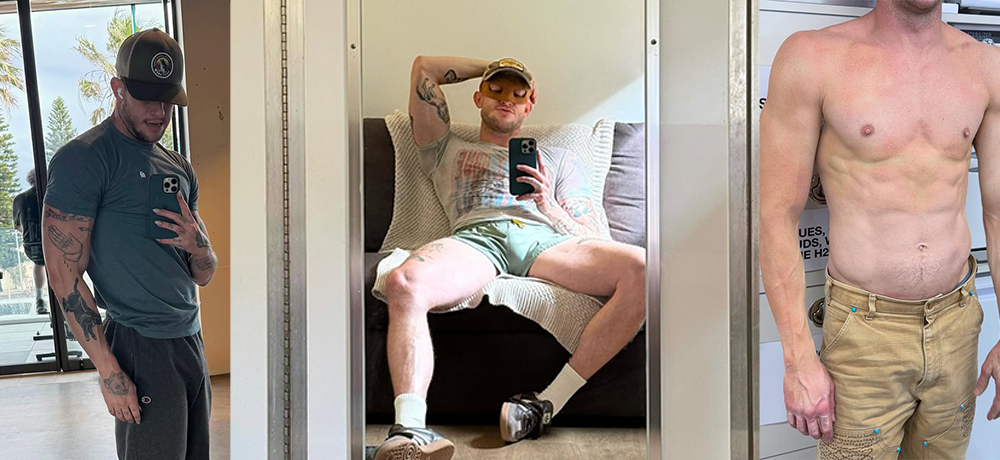
Taking it outside
Design magazines are full of examples of stunning new living spaces where the interior blends seamlessly with external spaces. Two friends, about to purchase their first apartment in Bondi, aren’t put off by the size of their potential new living room -“ the generous courtyard promises to solve all their space problems. Parties, dinners, lazy sunny Sunday afternoons will all be spent outside.
The trend for maximising outdoor living areas is relatively young. Older Australian houses tended to be inward-looking and backyards were utility areas -“ somewhere to hang the clothes and dump the rubbish. Often only accessed via the kitchen or laundry, they were rough and ready, certainly nowhere you’d take the guests.
Front yards had well-tended flower beds and lawns -“ not for entertainment but for show.
Although some of the grander old residences had French doors, it was only really in the late 70s that people started installing sliding glass doors in their rumpus rooms to make it easier to access the patio and barbecue area. This continued through the 80s and 90s and now a house without direct access onto the garden seems bizarre.
Australians don’t have backyards any more. Now they’re called courtyards or gardens and we expect far more of this space behind the house. It has to serve as another living space, somewhere to entertain and relax. Design magazines focus just as much on outdoor spaces as interior design, with decks, water features, planters and decorative walls or screens among the most popular features.
One of the most exciting possibilities when renovating an older home is the opening up of dark cold spaces to the outdoors. There are a few things to consider when deciding how to achieve this new connection to the garden.
One of the most fantastic ways to connect to a courtyard is by opening up an entire wall to the outside. A popular way of achieving this at the moment is by using bi-fold doors. These are folding panels, usually glass, which slide along tracks to stack against a side wall. The stacked doors need somewhere to sit -“ which can affect furnishing -“ so you need to think about this during design phase. It is often possible to install the track so that there is barely a seam between the inside flooring and external paving.
There are also some stunning examples where tilt-up doors, similar to garage doors but glazed, have been used. A serious disadvantage of both these systems is the difficulty of incorporating insect screens, so you need to be prepared to live with mosquitoes and flies.
Another issue is the cold. Despite what we all love to believe and are quick to boast about Sydney, it does get cold here. As much as we’d love to spend the whole year outdoors there are times when we need to shut the doors and turn the heat up. If a massive bank of bi-fold doors is the only way to get into the backyard you’ll be letting in a lot of cold air every time you have to take the recycling out, so think about including a single opening door to avoid this problem.
Also, large amounts of glass facing south will allow heat to escape unless it’s double-glazed. Curtains will go some way towards reducing this. Investigate ways of getting sun into your living spaces in winter but bear in mind north or west-facing glass will quickly make your living space unbearably hot in summer without suitable shading devices.
Thinking about sun, security and ventilation before you start renovating will make your life easier indoors and out.









